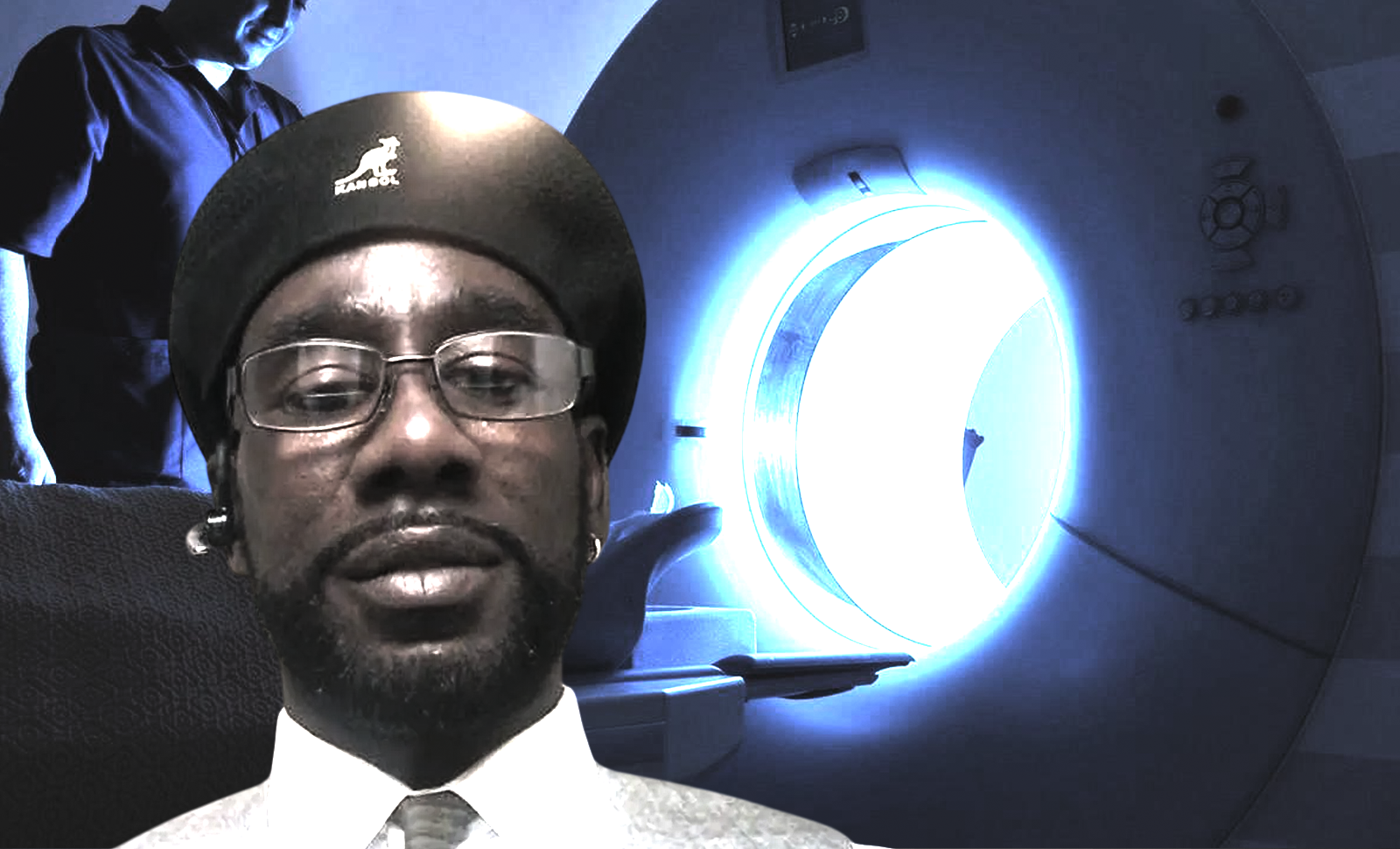In an awful accident that underlines the crucial need of safety protocols in healthcare facilities, a 61-year-old man died after being pulled into an MRI machine while wearing a thick metal chain around his neck. The disaster occurred on July 16, 2025, at Nassau Open MRI in Westbury, New York, and has raised serious concerns regarding MRI room safety and increasing awareness of the risks associated with magnetic resonance imaging equipment.
The victim, Keith McAllister, had entered the MRI room to assist his wife Adrienne Jones-McAllister, who was the one undergoing a knee scan. According to Nassau County Police, the machine’s powerful magnetic force drew him in by the 9-kilogram (20-pound) metal chain he wore around his neck, which was used as part of his regular weight training. In mere seconds, the MRI scanner’s powerful magnetic field drew the chain and the man tied to it into the machine’s bore with incredible force. The impact led him to collapse, and he instantly lost his consciousness. According to police, the incident triggered a “medical episode” that left Mr. McAllister in critical condition. He suffered multiple heart attacks after being pulled free from the MRI machine. Emergency services were called, and he was taken to North Shore University Hospital. Despite efforts to save him, he died from injuries on July 17. His wife, visibly shaken, recounted the moments leading up to the accident in a heart-wrenching interview –
“I yelled out Keith’s name, [shouting] ‘Keith, come help me up,’” Ms. Jones-McAllister said through tears. “I saw the machine snatch him around and pull him into the machine. He died, he lost… he went limp in my arms.”
MRI Magnets Are Invisible But Deadly
Magnetic Resonance Imaging (MRI) machines are advanced diagnostic instruments used around the world to produce detailed images of internal organs, tissues, and bones. They rely on magnetic fields that are up to 60,000 times stronger than the Earth’s natural magnetic field. These machines can attract ferromagnetic things like keys, phones, oxygen tanks, and, in this particular instance, a chain necklace, with incredible speed and force.
MRI facilities have tight regulations about metal objects in the scanning room, and patients are frequently instructed to remove all metal things including jewellery, piercings, credit cards, and even clothing containing metallic threads. The presence of a person wearing a heavy metallic item within the same room is not only a serious violation of safety rules but could also possibly be fatal in nature.
So, What Went Wrong?
Questions are being raised about how such a serious safety failure occurred at a medical imaging facility. Why was the man even permitted into the scanning room during an active MRI? Wasn’t the chain visible to the staff? Were safety protocols followed, or entirely ignored?
So far, the clinic has not released a public statement. However, police and regulatory organisations are conducting investigations to establish whether any sort of negligence or miscommunication led to this unfortunate outcome. MRI suites often have several layers of security, including signs, physical barriers, verbal screening, and questionnaires. In many cases, family members are either denied entry or must undergo extensive screening before being allowed inside. Experts argue that even in extremely sensitive situations, these measures must be maintained.
“People think of hospitals as safe places,” said one radiology technician, who requested anonymity. “However, the MRI room is different. It’s one of the few places where an invisible force known as the magnetic field can quickly turn deadly if rules are broken.”
The National Institute of Biomedical Imaging and Bioengineering warns that the magnetic fields generated by MRI machines exert “very powerful forces” on objects made of iron, steel, and other magnetic materials. “The forces are strong enough to fling a wheelchair across the room,” the institute notes.
A Preventable Tragedy
The emotional significance of this particular incident is difficult to even explain. A man’s effort to support his wife resulted in a terrible loss. But it also serves as a sobering reminder that, while medical technology can save lives, it is not without any risks. When protocols are not followed precisely, it would result in consequences that might be immediate and severe.
This isn’t the first time an MRI accident has made the news. In 2001, a six-year-old boy died in New York after a metal oxygen tank was pulled into an MRI machine during a routine test. That event resulted in increased awareness and improvements, but the most recent event demonstrates that errors still occur. Mr. McAllister’s death is indeed a reminder for the significance of paying attention and good communication in healthcare facilities. If anything good can come out of this tragedy, it is the hope that healthcare providers around the country would take more responsibility to guarantee that no one else suffers the same fate.
















